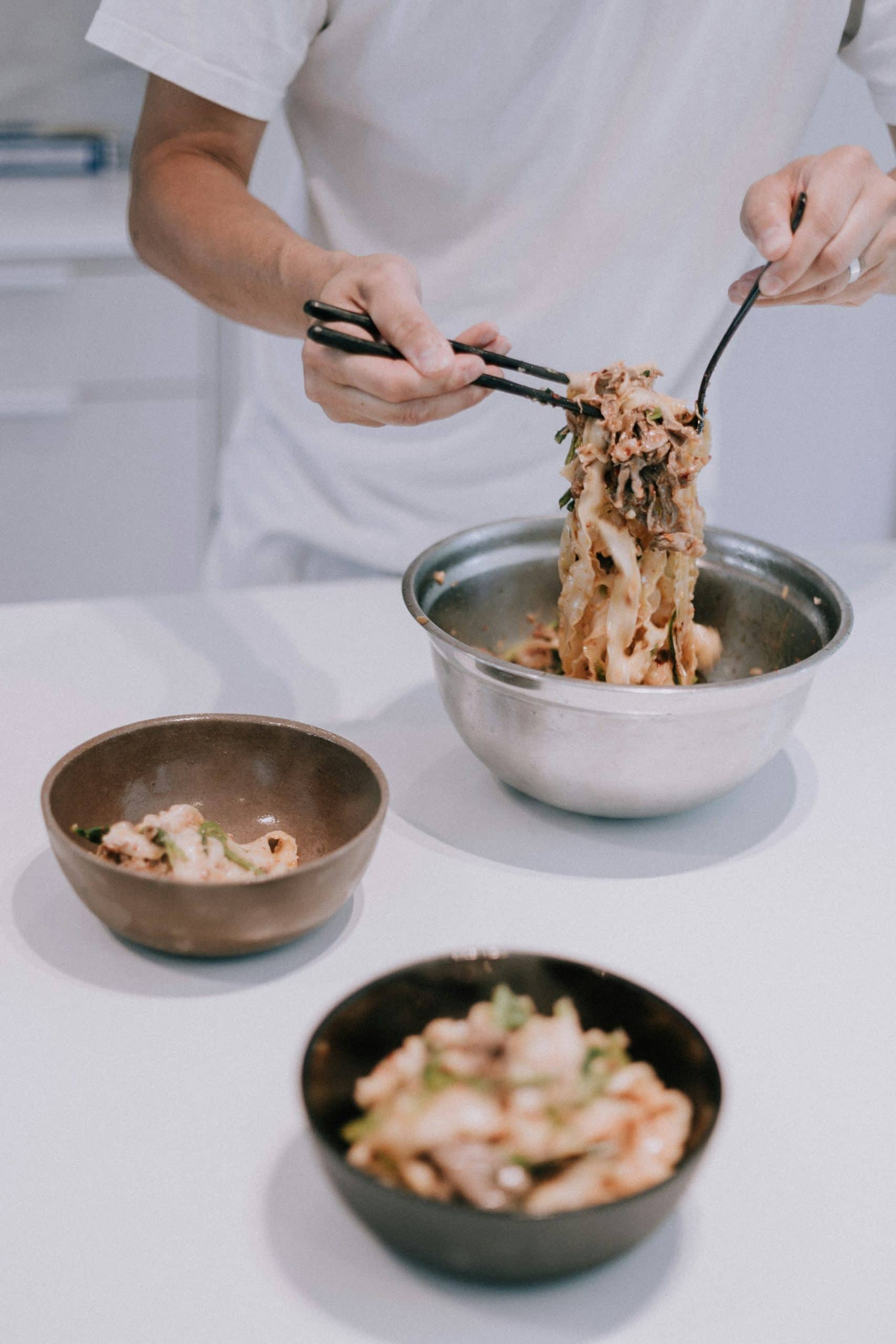What strategies can be used to maximize natural light in a south-facing kitchen?

A home's kitchen serves as a hub of activity, often bustling with meal prep, homework, social interactions and more. To make it a more inviting and vibrant space, natural light plays a vital role. However, not all kitchens are blessed with an abundance of sunlight, especially those facing south. But fret not, there are strategies that can be employed to maximize natural light in a south-facing kitchen. In this article, we will discuss practical tips and design approaches that will help you enhance the amount of sunlight streaming into your south-facing kitchen.
Harnessing the Power of Windows
Windows are the primary portal through which sunlight enters a room. Therefore, it's imperative to optimize the windows in your kitchen design. If the kitchen's architectural design permits, consider installing larger windows or even a series of windows to capture more light. If enlarging windows isn't feasible, focus on making the most of the existing windows.
Topic to read : How can you integrate a modern touchless faucet system in an older kitchen?
Clear any obstructions that may be blocking sunlight from entering. This could be furniture, trees, or other architectural elements. Clean your windows regularly to ensure maximum light transmission. Curtains or window treatments can be used for privacy, but choose sheer, light-colored fabrics that allow sunlight to filter through.
Incorporating Glass and Mirrors
Glass and mirrors are incredible tools when it comes to amplifying natural light. Their reflective surfaces can bounce light around the room, making it appear brighter and more spacious.
Have you seen this : What are the key considerations for a kitchen remodel to accommodate a large family?
Consider installing a mirrored backsplash in your kitchen. Not only is it sleek and modern, but it will also reflect light from the windows, effectively illuminating the entire room. If a mirrored backsplash is not to your liking, consider adding a large mirror on a wall opposite a window. This will ensure that sunlight coming from the window will be reflected back into the room.
Glass-fronted cabinets or shelves are also effective in enhancing light. They reflect light and create a sense of depth, making the kitchen feel more spacious.
Embracing Skylights
Skylights are an effective way to introduce sunlight into spaces where windows might not suffice. They allow sunlight to flood the room from above, creating a bright and airy atmosphere.
In a south-facing kitchen, a skylight can provide a steady stream of daylight throughout the day. It will also add an appealing design element to the space, offering a glimpse of the sky and changing weather.
To maximize the benefits of skylights, you might also consider solar tubes or sun tunnels. These are smaller and more flexible than traditional skylights, making them suitable for kitchens with limited roof space.
Opting for Light Colours and Reflective Surfaces
The color scheme and materials in your kitchen play a crucial role in how light is perceived. Light colours reflect light, while dark colours absorb it. Therefore, for a brighter kitchen, opt for light-colored walls, cabinets, countertops and flooring.
Glossy and reflective surfaces can also aid in magnifying the effect of natural light. High-gloss paint or lacquered cabinets can serve as mirrors, reflecting light around the room. Stainless steel appliances and glossy tiles can also have this effect.
Building an Open Floor Plan
An open floor plan can dramatically improve the flow of natural light in a kitchen. By removing walls and barriers, you allow sunlight to permeate the entire space.
An open floor plan promotes a sense of openness and inclusiveness. It allows the kitchen to borrow light from adjacent rooms such as the living room or dining room.
If it's not possible to completely open up your kitchen, consider half walls or glass partitions. These options allow light to circulate while maintaining some separation between spaces.
In essence, maximizing natural light in a south-facing kitchen is about harnessing the power of windows, utilizing reflective materials such as glass and mirrors, embracing skylights, opting for light colours and reflective surfaces, and considering an open floor plan. With these strategies, your kitchen can become a beacon of sunlight, regardless of its directional facing.
Making Use of Energy Efficient, South Facing Windows
The placement of windows significantly affects the amount of natural light that enters your kitchen. South facing windows receive the most sunlight throughout the day, making them an excellent feature in any natural light-maximizing design.
When selecting window treatments for these windows, it is important to consider not only light filtration but also heat gain. South-facing windows can bring a significant amount of heat into the kitchen during the summer months. Therefore, investing in energy efficient windows can help to regulate the temperature in your kitchen while still allowing for maximum natural light.
Window treatments such as blinds, shades and curtains can also help to control the amount of light that enters the kitchen during different parts of the day. Again, it is important to choose light-colored or sheer materials to allow natural light to filter through. Solar shades, in particular, are a great option for south facing windows. They reduce glare and heat gain while still providing a view to the outside.
Furthermore, the strategic placement of windows can also help to maximize natural light. For example, placing windows adjacent to a wall can bounce light off the wall and into the room. Similarly, placing windows opposite each other can create a cross-lighting effect, further enhancing the natural illumination of your kitchen.
Reaping the Benefits of Natural Lighting
Natural light not only illuminates your kitchen but also offers numerous benefits. It can boost your mood, enhance the aesthetic appeal of your kitchen, and even improve your home's energy efficiency.
Sunlight is a natural mood enhancer. It increases serotonin levels in the body, leading to improved mood and energy. Therefore, a well-lit kitchen can create a positive and inviting atmosphere for cooking, dining, and social interactions.
Moreover, natural lighting can make your kitchen look more spacious and vibrant. It brings out the colors and textures in the interior design, adding depth and dimension to your space.
Additionally, natural light can help to reduce your household's energy consumption. During the day, you can rely on sunlight instead of using artificial lighting, thereby saving on electricity costs. Plus, utilizing natural heat from the sun during the cooler months can also reduce your heating bills.
In this regard, the use of solar tubes and skylights can be particularly effective. They allow sunlight to enter the room from different angles, ensuring a well-lit kitchen throughout the day.
Conclusion
In conclusion, maximizing natural light in a south-facing kitchen is both a practical and aesthetic decision. By harnessing the power of windows, employing reflective surfaces such as mirrors and glass, adopting an open floor plan and opting for light-colored decor and furnishings, you can make your kitchen a bright, welcoming and energy efficient space.
Remember, incorporating natural light into your kitchen design is not just about window placement or the choice of window treatments, it's also about creating a space that promotes well-being and energy efficiency. With the right strategies, your south-facing kitchen can become a beacon of natural light and warmth, transforming it into a space that you and your family will love to spend time in. Remember, every bit of sunlight counts, so make the most of your south-facing kitchen by capitalizing on natural lighting opportunities.
